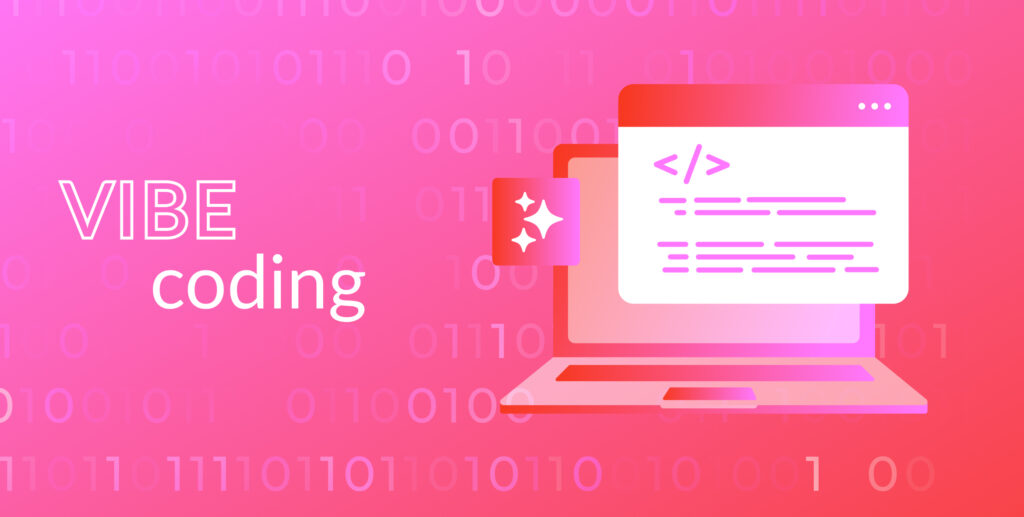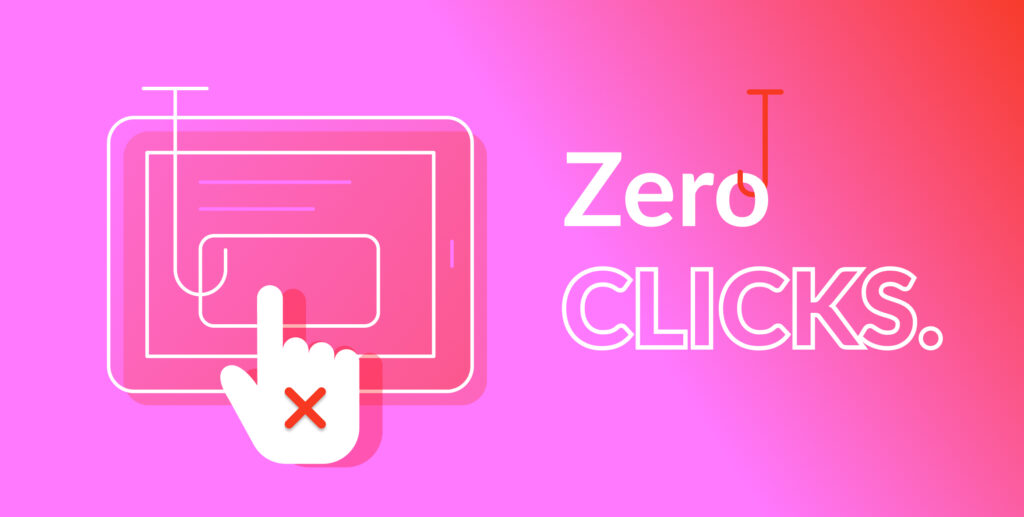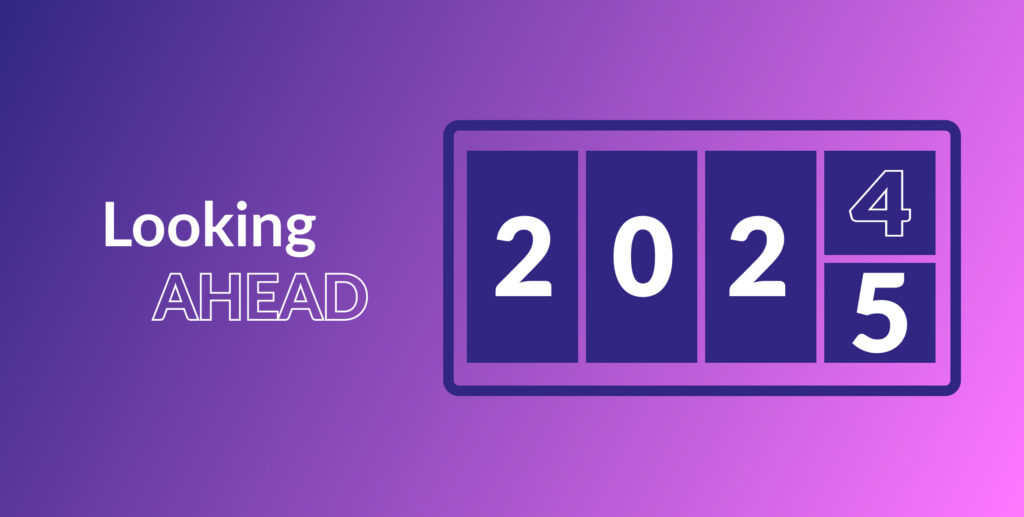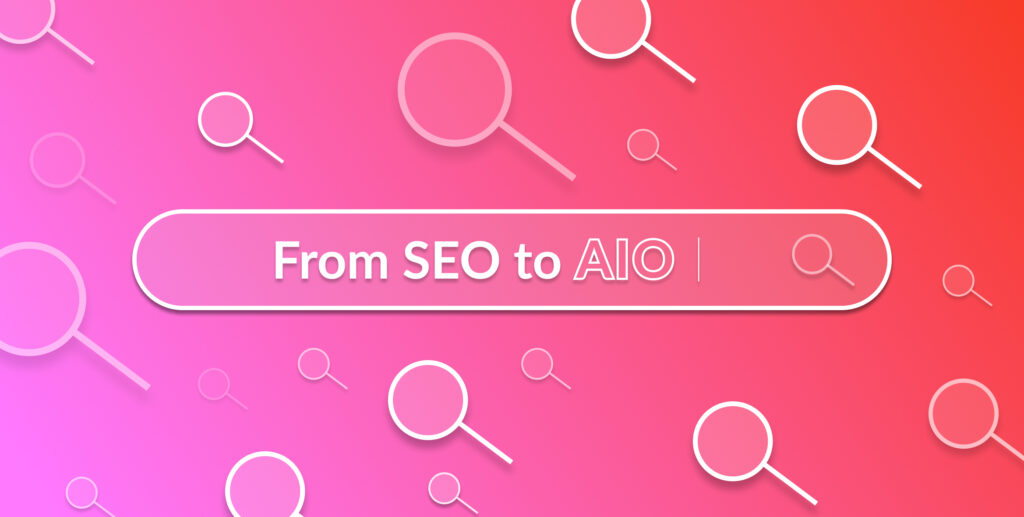What is vibe coding, and why should we care?
My first vibe coding experiment had me pulling my hair out. Then, I got addicted.
But what is vibe coding anyway?
No, it’s not coding to electro lounge music (though it could be).
Vibe coding is basically coding with zero coding skills, using AI platforms to do the heavy lifting. Thanks to these platforms, people like you and me can “code”. It’s democratizing development for marketers, product managers, and entrepreneurs with no traditional programming experience.
It sounds pretty amazing on the surface: unprecedented speed, radical accessibility, and innovation without technical barriers. But it also comes with pitfalls: hidden security flaws, maintenance challenges, and a surprising environmental footprint.
Ready to hear from early adopters and get an understanding of the opportunities and dangers vibe coding presents? Keep reading!
The promise: why vibe coding feels like a revolution
One of the greatest appeals of vibe coding is its ability to lower the barriers to creation. Pretty much anyone with a good idea and moderate skills could in theory create an app, prototype or website that would have previously required many hours of dev investments.
While it doesn’t replace dev input, it can make it easier to speak the same language as your development team when experimenting with a new project. Any non-coders who’ve worked with dev teams before will know that sometimes explaining what you want “exactly” can be tricky to translate. Vibe coding can help illustrate the desired effect, saving time and confusion in the deployment.
“I’ve dabbled a bit with vibe coding using V0, and honestly, I’m super excited to use it even more after what I’ve seen so far,” says Adrian James, Product Manager at Featured. “It makes it incredibly easy for a non-technical product manager like me to create UI mockups for our development team.”
Instead of static mock-ups made in Canva, Adrian can now produce functional code that developers polish and deploy in under 30 minutes.
SEO consultant Alex Juel, Owner, Digital Marketing & Strategy at AlexJuel.com had a similar breakthrough:
“These tools would have been out of reach for me without AI to help me think through logic, draft code, and iterate until things worked,” he says, having created SEO utilities like a robots.txt validator and a URL extractor.
Key opportunities
- Faster Prototyping. Reduce the time from idea to minimum viable product (MVP) dramatically.
- Empowering Non-Developers. Enable marketers, SEO experts, and product managers to build tools without waiting on dev teams.
- Boosting Creative Risk-Taking. “Allowing yourself to test new ideas and different approaches is the primary tip,” advises Fahad Khan, Digital Marketing Manager at Ubuy Nigeria.
Vibe coding in action: 5 examples built by marketers
Marketers and other non-programmers have already been busy testing the capabilities of vibe coding in the last few months. Find below some useful and inspiring apps that have seen the light of day using popular tools such as Lovable, Replit, Bolt, and more.
Sean Blanda’s Cheat Code
Use Sean Blanda’s app to monitor key companies through their website and LinkedIn presence and get a notification when anything changes. It’s a great way to keep up to date with prospects or competitors.

Summary of the Internet
Every day get a summary in your inbox of the trending topics on every social media platform, with Reddit and Wikipedia getting added soon.
Katie Parrott’s Swipe File
Katie has created multiple AI experiments, and this is one of my favourites. Log your favourite writing examples, tag them, and get insights into your tastes.
Jolaade Taiwo’s Praise Jar
Sometimes we need reminders that we’re not terrible. Praise Jar is made for those moments. As the name implies, it helps you collect positive feedback and other kind words into one place, ready to re-read when you’re having a bad day.
Paul Baron’s micro sparks
Noticing small positives every day is a great way to improve your mood and energy: that’s how this micro journaling app came about. The goal is to map a good thing that happened every day.
Bonus Apps: First Line Swipe, and The Second Draft is Weirder
Not to be outdone, I’ve also been experimenting with creating my own micro apps, give these a try:
- First Line Swipe: designed to be an antidote to blog openings such as “In the ever evolving world of X”. Use the app to inspire an intriguing and original start.
- The Second Draft is Weirder: Feel like your content is getting too dull? Sharpen it with creative prompts to take it into unexpected directions. You can set a timer to add a “danger zone” thrill to the exercise.
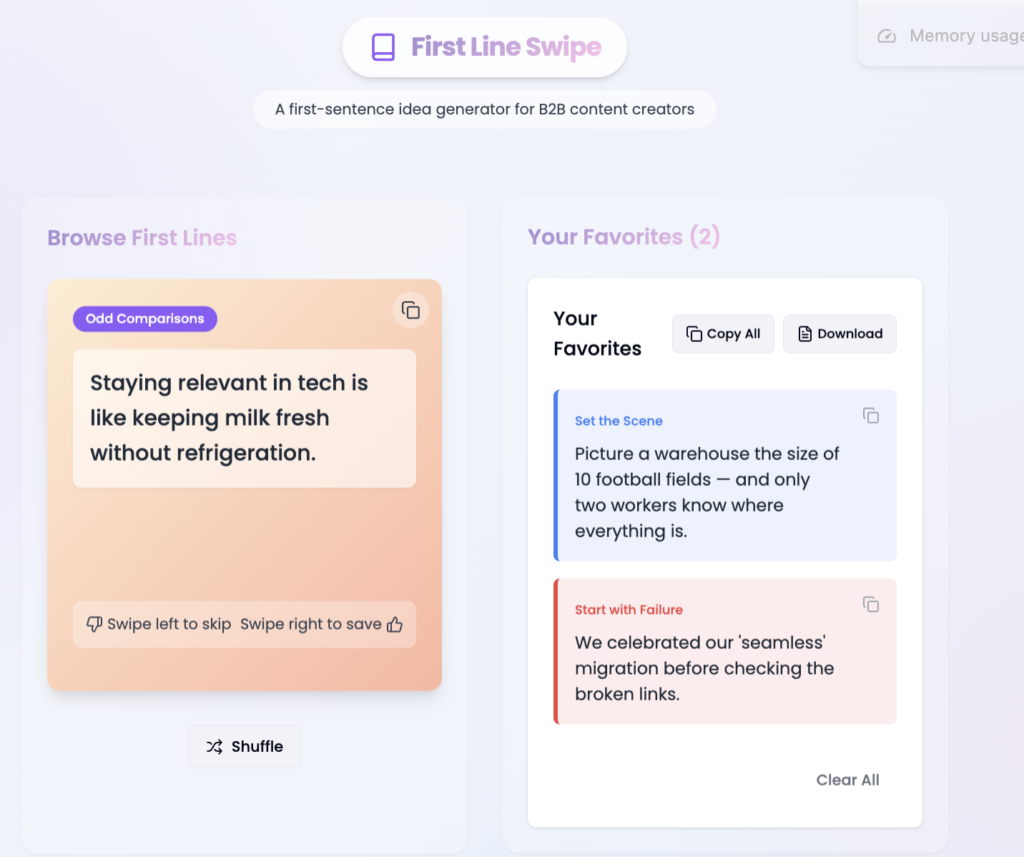
The price: What happens when vibe coding goes wrong
“Vibe coding is prone to errors and security holes. It’s not easy to catch these things when you’re not a professional coder,” warns Alex Juel.
Vibe coding is speedy, but it’s not magic (nor is any AI). AI-generated code often contains hidden flaws, clunky logic, and major security vulnerabilities. According to research published by ACM Transactions on Software Engineering and Methodology, a significant percentage of AI-generated code samples, including from leading platforms like GitHub Copilot, contain exploitable weaknesses.
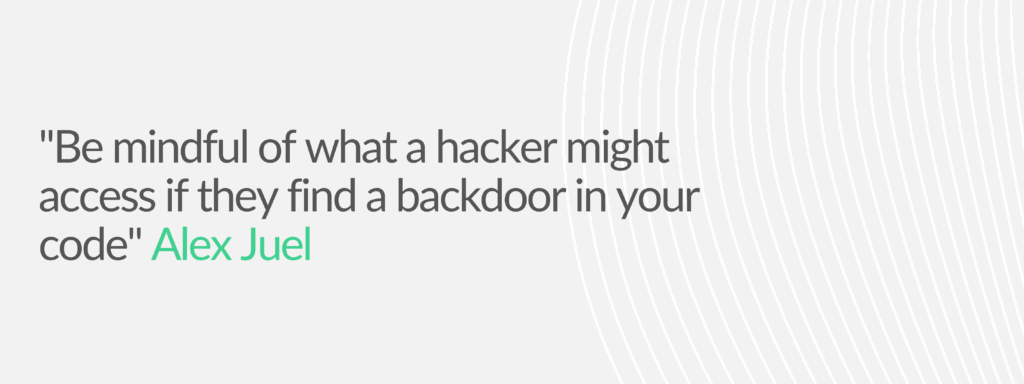
In fact, many businesses launching AI-generated tools without proper reviews opened themselves up to major cybersecurity threats.
It’s worth noting that these platforms are all working on fixes to these cybersecurity weaknesses, Lovable 2.0 now comes with a SecurityScan for example. However, for any ambitious projects or those involving sensitive information, such as personal data, there is no replacement for a dev team taking over your work.
Key threats
- Security vulnerabilities. AI often misses basic but critical security practices like sanitizing user inputs or securing APIs.
- Technical debt and maintenance headaches. A ZDNet analysis warns that AI-generated code is harder to debug and maintain, leading to expensive technical debt later.
- False confidence and fragility. Teams assume the AI output is “good enough,” only to find it collapses under real-world traffic or unexpected use cases.
The environmental question: Is AI the right tool every time?
Another emerging concern is the environmental footprint of AI-generated code.
AI models require significant energy to run, and sometimes vibe coding uses AI where simpler solutions would suffice.
Research from MIT highlights that training and running large language models can consume vast amounts of electricity and water. A basic ChatGPT query consumes about five times more electricity than a simple web search. The cost is even higher for images, such as the ubiquitous starter packs which are estimated to use between 2 to 5 litres of water each.

By 2026, they estimate that the electricity of data centres will approach 1,050 terawatts, positioning them in 5th place globally, between Japan and Russia. Yes, in terms of consumption, data centers are essentially a country, the bulk of which is powered by fossil fuels.
With all the above in mind, before diving into vibe coding, teams should ask:
- Can this be solved with no-code or low-code tools instead?
- Could a basic form, plugin, or script achieve the same goal more sustainably?
As Oleksandra Khilova, Marketer at Collaborator.pro proved by launching a book recommendation generator with nothing more than HTML, PHP, and Google Sheets is that you don’t need heavy AI infrastructure to build something real.
This is where working with a dev team for your launch is crucial, they can advise you where coding is necessary, and where low code or no code options could do the trick.
When vibe coding works best (and when it doesn’t)
Not every project is a good fit for vibe coding. Here’s a quick guide on when to embrace vibe coding and when to step back:
Best use cases for vibe coding
- Internal prototypes and demos: Great for whipping up proof-of-concept apps or features to show your team or test an idea internally.
- Lightweight MVPs: If you need a simple minimum viable product to validate an idea or pitch to stakeholders, vibe coding can get you there fast.
- Personal workflow automations: Perfect for creating small tools or scripts to automate your own tasks (without bothering the IT department).
- Testing marketing concepts: Marketers can quickly build landing pages, interactive content, or mini-apps to see how an audience responds – all without writing code.
When to proceed with caution
- Apps handling sensitive data: Anything involving personal user data, financial info, or security-sensitive operations should be left to professional developers (or at least thoroughly reviewed by them) to avoid leaks and breaches.
- Public-facing or customer-facing products: If real customers or large user bases will use it, you need robust, well-tested code. A vibe-coded prototype might not scale or could crash under heavy use.
- Compliance-heavy projects: In industries like healthcare, finance, or government, software must meet strict compliance and quality standards. AI might not reliably enforce all the rules and could put you at legal risk.
- Long-term, complex systems: If you plan to build on the code long-term or grow it into a large application, be cautious. Scaling a quick AI-generated hack into a stable, maintainable system can be difficult. Always have a developer review and refactor the code before you commit to scaling up.
Final thoughts
For better, or for worse, vibe coding is here to stay. It’s already reshaping how marketers, product teams and entrepreneurs build and launch digital experiences.
But don’t believe those who’ve plunged into the AI hype wave without their goggles: it won’t replace professional expertise.
Vibe coding success will come from blending human creativity, AI acceleration, and experienced engineering.
If you’re ready to explore vibe coding, go for it.
But go with your eyes wide open, and a developer on speed dial.
Like what you just read?
There’s more where that came from. Sign up to our newsletter to get the latest B2B tech news, content marketing insights, tips, tricks, memes, and more, delivered straight into your inbox every month.
